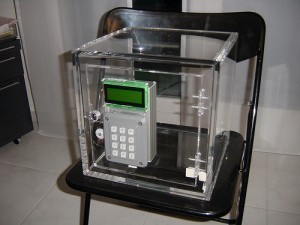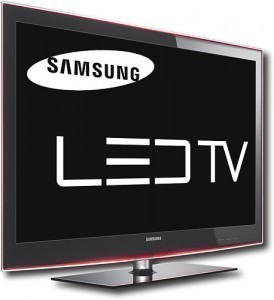Size of Computers
Computer sizes are determined by the form factor. This refers to the dimensions of the major system parts. This does not refer the dimensions of the monitor, casing and keyboard. Those are measured separately.
The Standard Form Factor Size
The most widely used is the ATX, which measures 305 x 244 mm or 12 x 9.6 inches. This was developed by IBM to replace the AT motherboard. In terms of functionality, it is the same as the AT. However, its more compact size is what makes it popular. A few versions have dimensions of 12 s 10 inches. The ATX was developed by Intel in 1995.
Other Computer Sizes
The SSI CEB measures 12 × 10.5 in or 305 × 267 mm. These are derived from the ATX and EEB specs. The mounting holes are the same as those on the ATX motherboard connector.
The microATX dimensions are 9.6 × 9.6 in / 244 × 244 mm. This is smaller that the standard ATX size. It requires a smaller power supply. However, the slots are limited. It is widely used in desktop computers.
The Mini-ITX has dimensions of 6.7 × 6.7 inches or 170 × 170 mm. This form factor is used for devices like set-top boxes and thin clients.
Facts about Form Factors
The form factor is crucial in the IBM PC compatible industry. This is to ensure that the parts can be interchanged. A standard form factor also ensures interchangeability with future generations of the technology. The form factor is also required in enterprise computing as it ascertains the servers modules can be fitted into the rackmount system.
The Motherboard
The most important component is the motherboard. This component determines how big the casing is going to be. There are now many smaller form factors available. The goal is to make even smaller form factors. However, the current state of technology is making this somewhat difficult.
In simple terms, the motherboard acts as the primary circuit board. It has numerous functions. But the most important role is to serve as the point where the CPU, hard disk, RAM and other components can be installed. Most of these motherboards can also accept expansion cards.
The computer size is not something casual users should worry about. The major brands all use the standard forms. Upgrade and expansion options have all improved, so there is no need to worry about the slot size or numbers.





